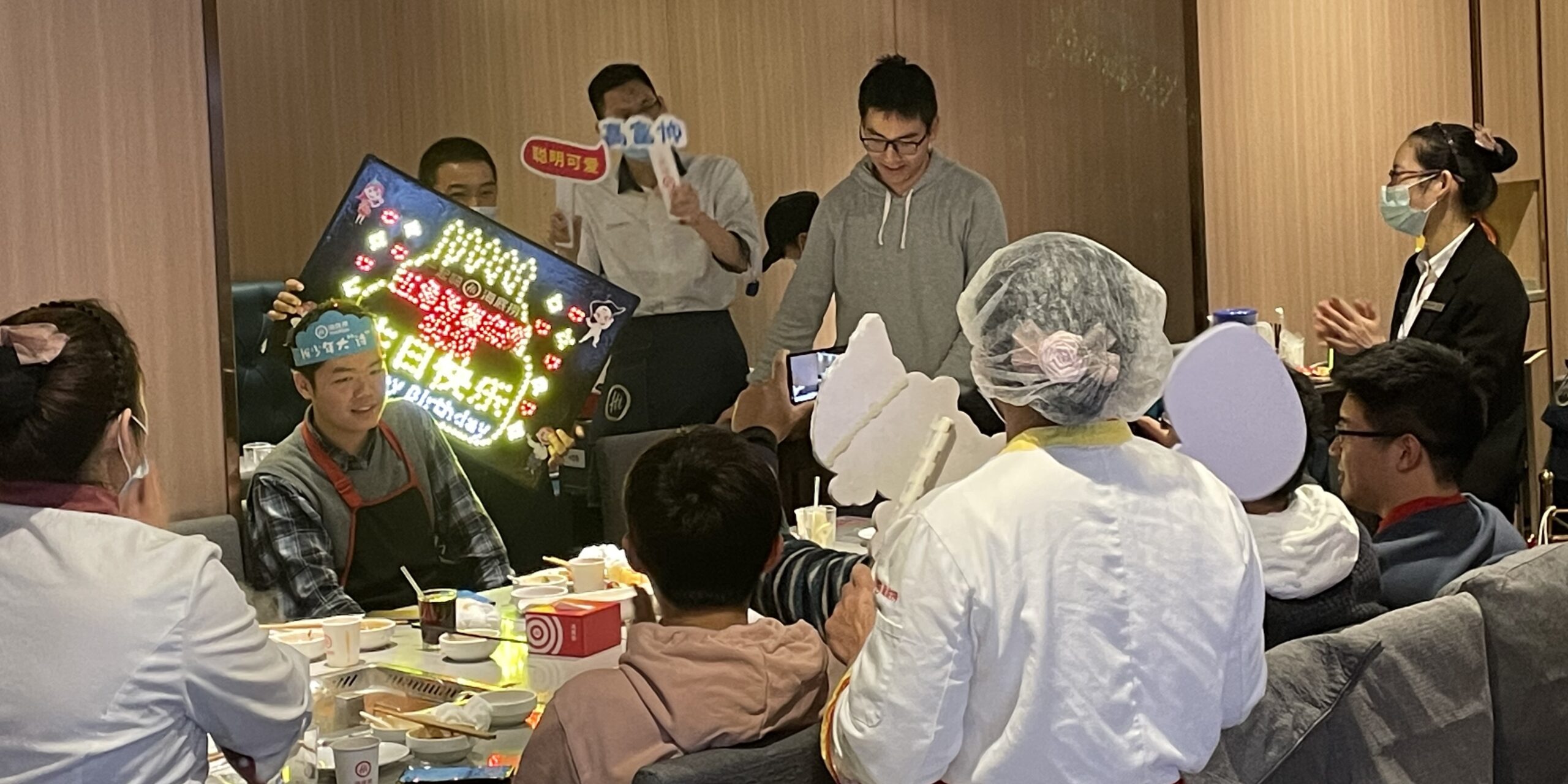
Hoshin kanri in a picture
FEATURE – Hoshin is a powerful management practice that aligns the work at different levels to a company’s strategic goals. The author offers a one-page visual summary.
Words: Nestor Gavilan, Director of Lean Learning, Instituto Lean Management - Barcelona
In the average organization, front-line staff are often lost. Many times, they work without knowing what for and don’t feel engaged. Meanwhile, their managers are constantly called to fix problems on the floor to ensure the process runs and the leaders of organization – who are also in constant firefighting mode – find themselves having to fill in for the overwhelmed managers. Consequently, the front line is lost, trying to stay on top of the continuous changes in priorities.
It’s like each layer of management is operating one level lower than they should. To work, however, a company needs its different levels to fulfill their proper roles: leaders should lead, managers should manage, and the front line should run the process. In order to create a proper balance, a company needs to find alignment on both its purpose and the actions that will make the purpose a reality. The most powerful tool for this is hoshin kanri, a practice that aligns activities and functions with strategic objectives.
A lot has been written about hoshin, including here on Planet Lean. The purpose of this short article is to summarize this concept in one graphic – something that you can go back to time and time again to see, at a glance, what strategy deployment is and how it works.
So, let me take you through it.
One of lean’s biggest “innovations” is the idea that problems are cascaded from the top to the bottom of the organization and that it is up to the front line to come up with the best solutions – a far cry from the command-and-control attitude of traditional management, which is always expected to have the answer to any question. In a lean environment, leaders challenge people to come up with solutions, and through coaching and support they give them the tools they need to solve problems.
The A3 is typically the tool that makes this happen. To push a problem down to the front line means that the manager gives a team member the title and background of the A3 and asks her to work on its development to understand the current situation, analyze the problem and then “send up” a possible countermeasure. That’s where coaching comes into play, to help the team member reflect on the work done to understand the root cause, evaluate the countermeasures identified and take corrective action. Ideally, solutions travel from the bottom up thanks to the top-down coaching and mentoring provided.
Indeed, the A3 is by far the most effective problem-solving practice we have in our lean arsenal, which is why both the process of breaking down problems and that of contributing solutions should use this powerful tool. (We see this represented in the graph with the A3s on both sides of pyramid.) In doing so, a company will develop a common language. So, a strategic A3 developed at leadership level (let’s call it “A3 1” or “mother A3”) will be use to analyze a problem and identify a number of countermeasures, which in turn will generate more A3s at department level (level-2 A3s or “sons A3s”, or A3 1.1, 1.2, 1.3, etc). Collectively, the A3s in the different departments spell out the contribution of each area to the achievement of the company’s strategic goals. The same thing happens at front-line level, where individual teams use A3s (A3 1.1.1, etc) to solve problems to get closer and closer to the expected department performance.
I have always seen A3s as a way to make hoshin more practical, more approachable. They force you to measure, get to know the current state intimately, and identify the root cause of a problem, thus providing a shared structure for the execution of a strategy. All too often leaders put the strategy on paper once a year, but then see it go nowhere because of a less-than-robust deployment process and a lack of monitoring of key indicators. It is rare to see A3 Thinking used consistently and a solid system in place for measuring impact and following up. It’s important, however, to ensure that the strategy is worked towards monthly, weekly, daily, and across all levels of the business. That’s why the graph has the image of the two men standing by a board carrying the SQDCP framework (Safety-Quality-Delivery-Cost-People) – it’s the best way to ensure we use indicators that give us a real sense of where we are and where we need to be.

Nestor's new book, Solucionando (sin) Problemas, is available for purchase for Spanish-speaking readers. The English translation will be available soon.

THE AUTHOR

Read more


INTERVIEW – The British Broadcasting Company (BBC) has been working with a lean-inspired improvement program that is gradually transforming the culture of the business – one creative idea at a time.


CASE STUDY – How does a small food shop in Sichuan turn into a $30 billion chain with around 900 restaurants in several countries? By always going the extra mile for customers!


1 QUESTION, 5 ANSWERS – Because each of us has a different learning path, “a-ha moments” come to us in a variety of shapes. We asked five practitioners when their lean epiphanies happened.


CASE STUDY – This 104-year-old Chilean provider of integral solutions for the mining industry has turned to hoshin kanri to effectively connect everyone’s work with the overall business strategy.

